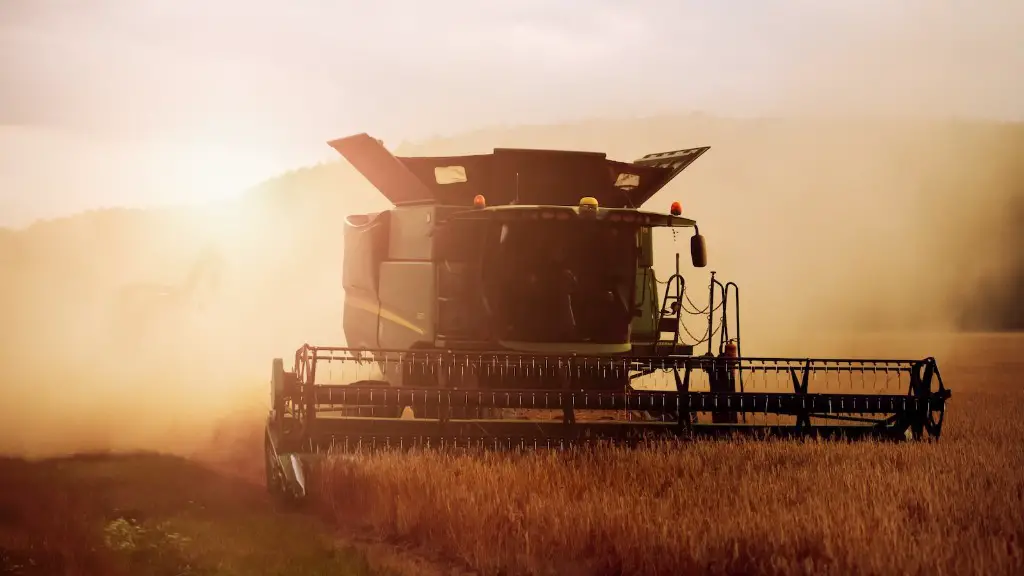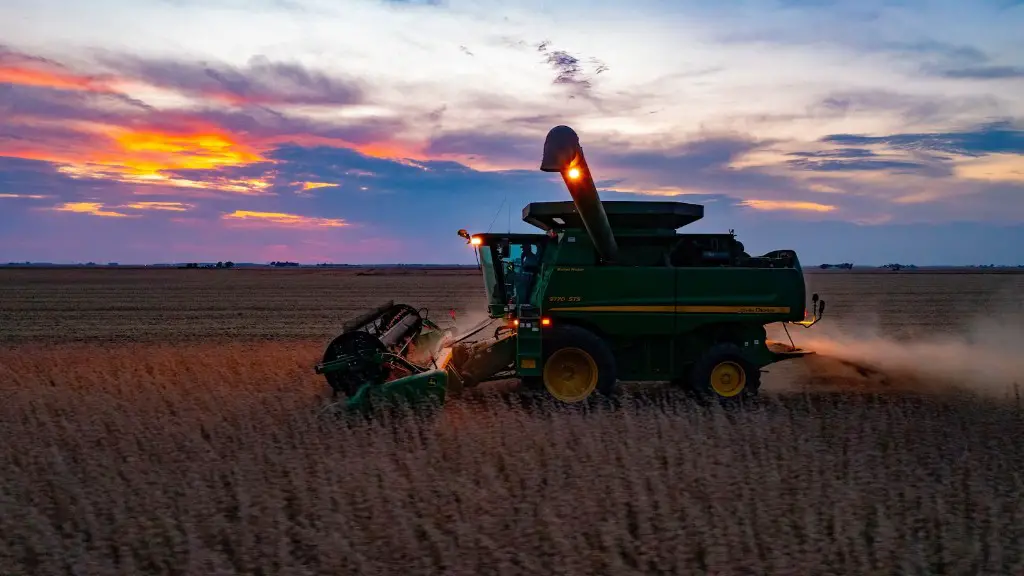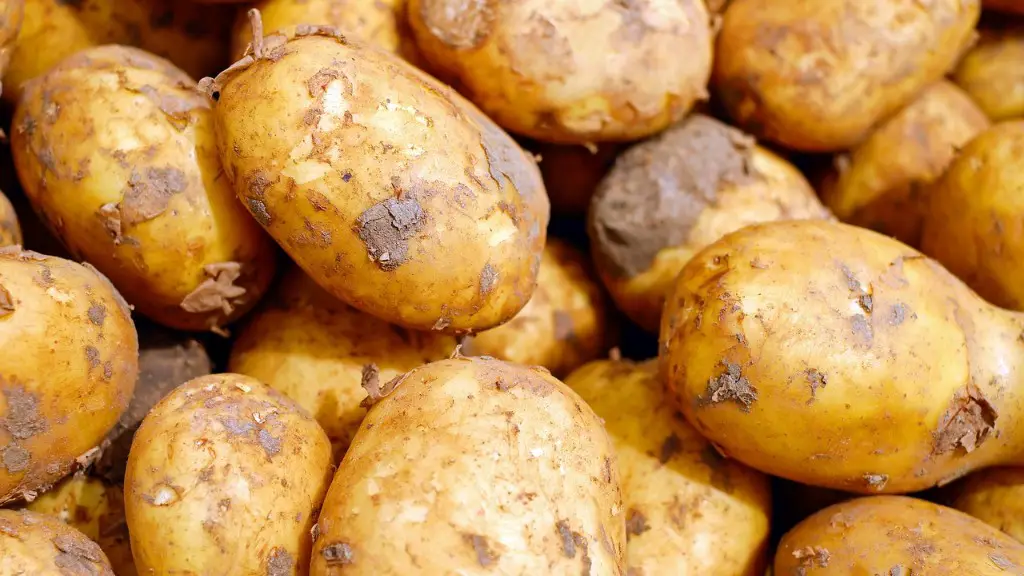Crossbreeding is when two different breeds of the same species are bred together. The term is most often used in reference to animals, but can also refer to plants. Crossbreeding is used toTransfer desired traits or characteristics from one animal or plant to another. Those desired traits could be anything from disease resistance to a certain coloration.
One of the most common reasons for crossbreeding animals is to produce a more hardy offspring. For example, if two different breeds of cattle are crossbred, the resulting calf will likely be more resistant to disease and able to withstand changes in climate better than either of its parents.
Crossbreeding can also be used to produce animals with a higher rate of reproductive success. This is often done by breeding together animals that are related but have different bloodlines. By doing this, Breeders can take advantage of a phenomenon known as Heterosis, or “hybrid vigor.” This is when an animal’s heterozygous genes (identical genes from different ancestors) work together more efficiently than homozygous genes (identical genes from the same ancestor). As a result, animals with heterozygous genes tend to be healthier and have a higher rate of reproductive success.
Crossbreeding is important in agriculture for many reasons. One reason is that it can help to produce offspring that are more vigorous and hardy than their parents. This is because crossbreeding introduces new genetic material into the gene pool, which can result in offspring with superior traits. Additionally, crossbreeding can help to produce animals with higher levels of productivity, such as milk or meat. Finally, crossbreeding can also help to improve disease resistance in animals, since it can introduce new genes that make them more resistant to diseases.
What is the main importance of crossbreeding?
Crossbreeding is a process of breeding two different species or strains of animals together to produce offspring that have the best characteristics of both parents. The major objective of crossbreeding is to maximise hybrid vigour, which is generally important for traits associated with reproduction, survival and overall fitness. Hybrid vigour is the increased performance of crossbred animals that can be obtained over the average of the parent breeds. This can be due to the combination of genes from both parents, which can result in a more robust and adaptable offspring.
A crossbred animal is an animal that is bred from two different purebred animals. Crossbreeding is used to improve the overall quality of the offspring by combining the best qualities of each parent. Crossbred animals usually have increased fertility, longevity, feed efficiency, and disease resistance. This is due to the phenomenon of hybrid vigor, which is the result of the two different purebreds producing offspring with a higher level of fitness than either parent.
What is the impact of crossbreeding
Cross breeding can be an effective way to increase the resilience of a species to heat stress. By reducing the amount of resources they require, cross bred animals can increase the stability of livestock and farmers livelihoods. In addition, cross breeding can help to improve the overall health and productivity of a herd, and can create a more heat-tolerant gene pool.
Crossbreeding is a common practice in the animal husbandry industry, as it allows for the introduction of desired traits from one breed into another. This can be done by mating animals from two different breeds, or by using artificial insemination or embryo transfer techniques. Crossbreeding can be used to improve the economic value of offspring by introducing desired traits from one breed into another. For example, the crossbreeding of Yorkshire and Duroc breeds of pigs can result in offspring that have desirable traits from both parents.
What are the benefits of crossbreeding?
Crossbreeding can be an effective way to create animals with more balanced performance traits. By combining breeds with different strengths and weaknesses, we can create animals that are more resistant to disease, better able to withstand environmental stress, and more efficient in terms of production. In many cases, crossbreeding can help to improve the overall health and well-being of the animal population.
Crossbreeding can lead to the production of offspring with improved performance, as compared to the average of their parent types. This is due to the phenomenon of heterosis, or hybrid vigor. Additionally, crossbreeding can create favorable combinations of desirable traits from different breeds, as well as complementarity between complementary traits.
What is the most important thing to consider in cross breeding?
Inbreeding is the breeding of closely related individuals. This can be beneficial in order to preserve certain desirable qualities in the offspring. However, it can also lead to the accumulation of deleterious alleles and the increased likelihood of expression of genetic disorders. Therefore, it is important to monitor inbreeding levels in order to avoid health problems in the offspring.
Crossbreeding can have a number of benefits for a herd, including increased heterosis (or hybrid vigor) and less inbreeding. Heterosis occurs when an individual’s performance is better than the average performance of their parents. This can result in higher milk production, for example, or increased disease resistance. Less inbreeding can also lead to a healthier, more robust herd.
Why are cross breed animals are the most beneficial than the other
Crossbred animals are those that are bred from two different purebred lines. In general, crossbred animals have a better standard production trait such as milk production, growth rate and production of overall animal protein than normal animals. This is because they inherit the best qualities of both parent lines.
Crossbreeding (genetics) is the act of mixing different species or varieties of animals or plants and thus to produce hybrids.
What are the advantages and disadvantages of cross breeding in animals?
A crossbred is created when two different purebreds are bred together. The crossbred can inherit the best traits of both parents, but it can also inherit the worst traits of both parents. The major disadvantages of crossbreeding are that the crossbred can inherit the weaknesses of both parents, and that the benefits of heterosis (the superior performance of the crossbred compared to either parent) can decline with any backcrossing to parental breeds.
Crossbreeding can be a great way to produce offspring with superior traits. However, it is important to make sure that the two different breeds you are crossbreeding are from the same species. Otherwise, you may end up with offspring that are not as desirable as you had hoped. Examples of crossbreeding can be found in many different species across the world, such as dogs, cattle, and horses.
How can crossbreeding help save a type of crop plant
Famines have resulted in the past when an important crop was wiped out by disease. However, some crops have been saved from diseases by being crossbred with wild plant relatives. In the future, new crop varieties may come from species not yet discovered.
If a producer continues to use cattle of the same genetic merit, crossbreeding will increase overall production. The amount of heterosis present for the production traits of interest will be the determining factor in how much overall production is increased.
What is an example of cross breeding in plants?
Crossbreeding plants is a common practice in horticulture and agriculture. By crossbreeding, plant breeders hope to create new plant varieties or lines that have desired traits or genes from one parent plant, while retaining the favorable characteristics of the other parent plant. For example, a plant breeder may want to create a new variety of rose that has the fragrance of one parent rose and the color of the other parent rose.
Cross-breeding is the process of breeding two animals of different breeds, usually for the purpose of improving the quality of the offspring. The best example of cross-breeding is seen in the case of cattle. Many crossbred cattle are developed in India by various institutes. Examples include Frieswal which is a cross between Native cattle Sahiwal and Exotic cattle Holstein Friesian. Cross-breeding has led to the development of many improved breeds of cattle which are higher yielding and have better quality meat and milk.
Warp Up
Crossbreeding is important in agriculture because it allows farmers to combine the best characteristics of two different varieties of a crop in order to create a new variety that is more resistant to disease, pests, and drought. Additionally, crossbreeding can lead to increased yields and improved flavor.
Crossbreeding is important in agriculture because it helps to produce offspring that are more resistant to disease and pests, and that have higher yields. Additionally, crossbreeding can help to preserve genetic diversity in a population of plants or animals.





